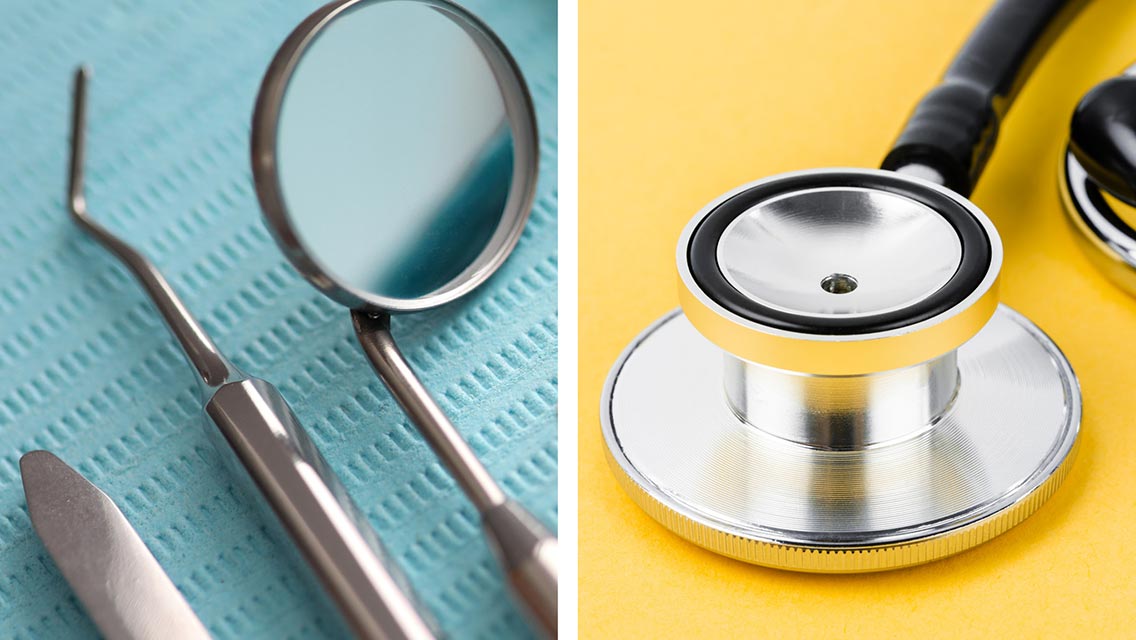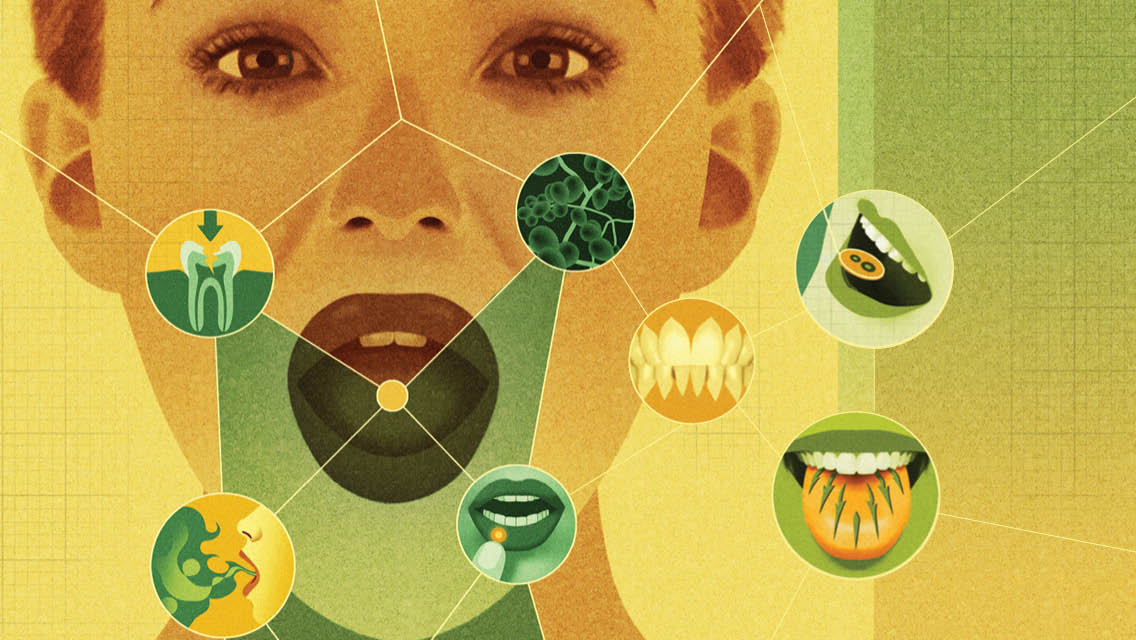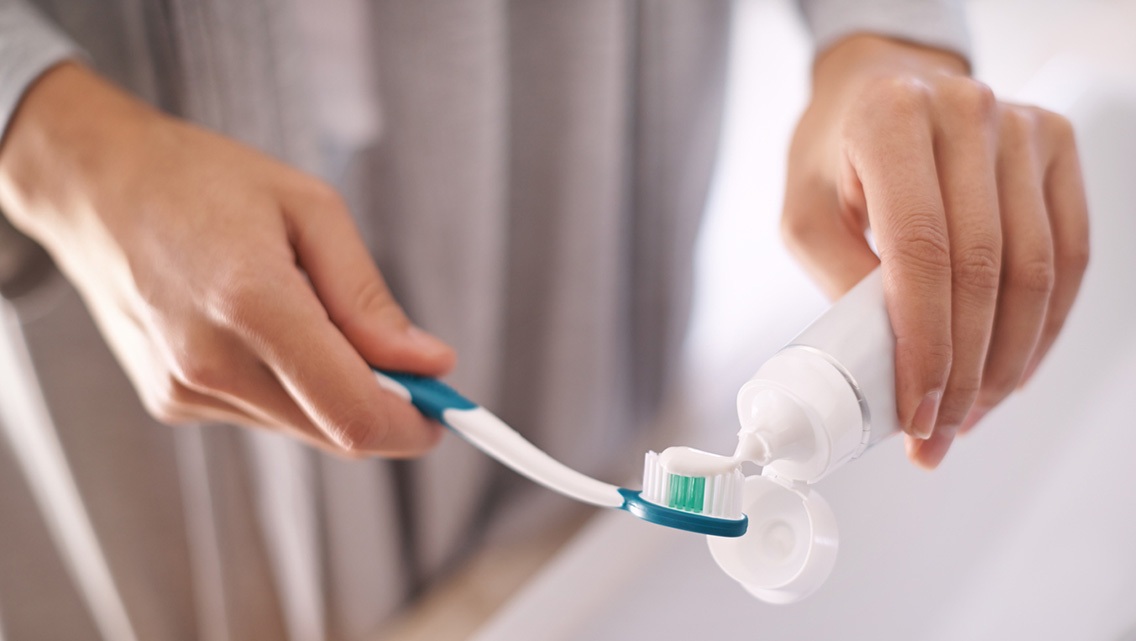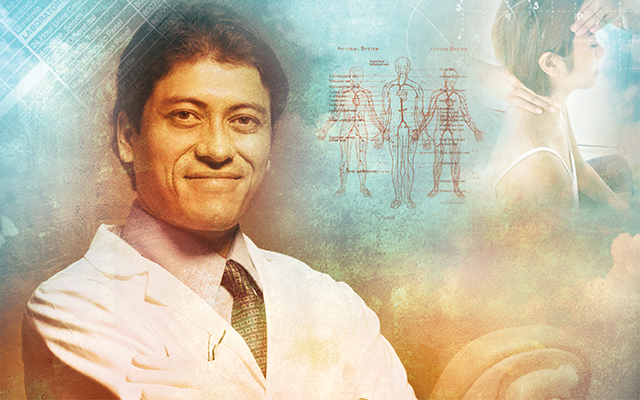I paid a visit to my dentist last week for my semiannual checkup and forgot to thank her for saving my life.
A brief recap may be in order: When my blood pressure spiked while awaiting a fairly routine dental procedure this past summer, my dentist postponed the operation, alerted me to the hypertensive crisis I was exhibiting, and strongly encouraged me to immediately see a doctor. A trip to urgent care later confirmed the danger and four hours in the ER reduced my imminent risk of keeling over with a heart attack. Four months and several trips to the pharmacy later, my blood pressure consistently dwells in more copacetic territory. Hence my appreciation, albeit poorly expressed.
I was reminded of this adventure the other day when I learned that the U.S. Preventive Services Task Force (USPSTF) had declined to recommend closer collaboration between primary care physicians and dental practitioners. While my dentist had no qualms about sending her hypertensive patient to a doctor, it seems a similar inclination is absent among physicians. Indeed, the USPSTF declared there was insufficient evidence to recommend that primary care physicians even screen patients for oral health conditions — afflictions that are especially common among seniors.
Responding to the ruling in an editorial in JAMA, Michael Reddy, DMD; Rena D’Souza, DDS, PhD; and Jennifer Webster-Cyriaque, DDS, PhD, argue that this approach represents a missed diagnostic opportunity and a disservice to patients. “The separation of oral health from overall health creates vulnerabilities,” they write. “Data demonstrate that good oral health is associated with improved systemic outcomes in many conditions, including diabetes, HIV, pregnancy, respiratory tract infections, and certain cardiovascular conditions.”
Just as a dentist routinely checks for signs of oral cancer (and high blood pressure), so should primary care physicians include questions about a patient’s oral health as part of the intake process, they note. This has become an increasingly common practice among pediatricians; a recent survey found that 96 percent of respondents reported doing oral examinations, 81 percent offered risk assessments, and 75 percent referred patients to dentists.
Those referrals could go a long way toward improving a patient’s well-being. “While oral health professionals typically manage oral health screenings and preventive dental care, not every primary care patient has access to a dentist,” the editorial authors explain. “Oral health screening and referral by medical primary care clinicians can help ensure that individuals get to the dental chair to receive needed interventions that can benefit both oral and potentially overall health.”
Several obstacles stand in the way of such collaboration — not the least of which involves each profession’s elevated sense of autonomy. That may be why a team of researchers led by Sara Gordon, DDS, a professor of oral medicine at the University of Washington, has suggested creating a hybrid occupation, which could be called an oral physician or oral health primary care provider (OP-PCP). These practitioners would already be trained in dentistry, but they could also be certified to provide basic primary healthcare services, such as screenings and preventive services. It’s a model endorsed by the U.S. Surgeon General’s National Prevention Council and could serve as an antidote to a dwindling supply of general practitioners.
“Dentistry and medicine practice as separate professions despite their shared missions to optimize their patients’ health. Yet more efficient interprofessional collaboration could broaden access to oral and general healthcare, potentially reducing disparities and costs.”
“Dentistry and medicine practice as separate professions despite their shared missions to optimize their patients’ health,” Gordon writes in a 2021 Frontiers in Dental Medicine report. “Yet more efficient interprofessional collaboration could broaden access to oral and general healthcare, potentially reducing disparities and costs.”
Still, issues ranging from state laws governing scope of practice to procuring insurance reimbursements remain formidable barriers to dentists considering such a consolidation of healthcare services. And Gordon concedes that it may prove challenging to ask dentistry students already burdened by massive debt to extend their education to meet the criteria of a hybrid profession whose role few may completely understand.
“Students may be reluctant to participate in OP-PCP training if it would require additional time in dental school because 83 percent of dental students graduate with educational debt, averaging $304,824 in 2020,” she writes.
So, for these reasons and more, we may have to wait awhile before we’ll see much meaningful collaboration between our doctors and our dentists. Meanwhile, it’s probably not a bad idea to keep them each up to date on our various ailments and treatment strategies. And don’t forget to show your appreciation if they happen to save your life.




